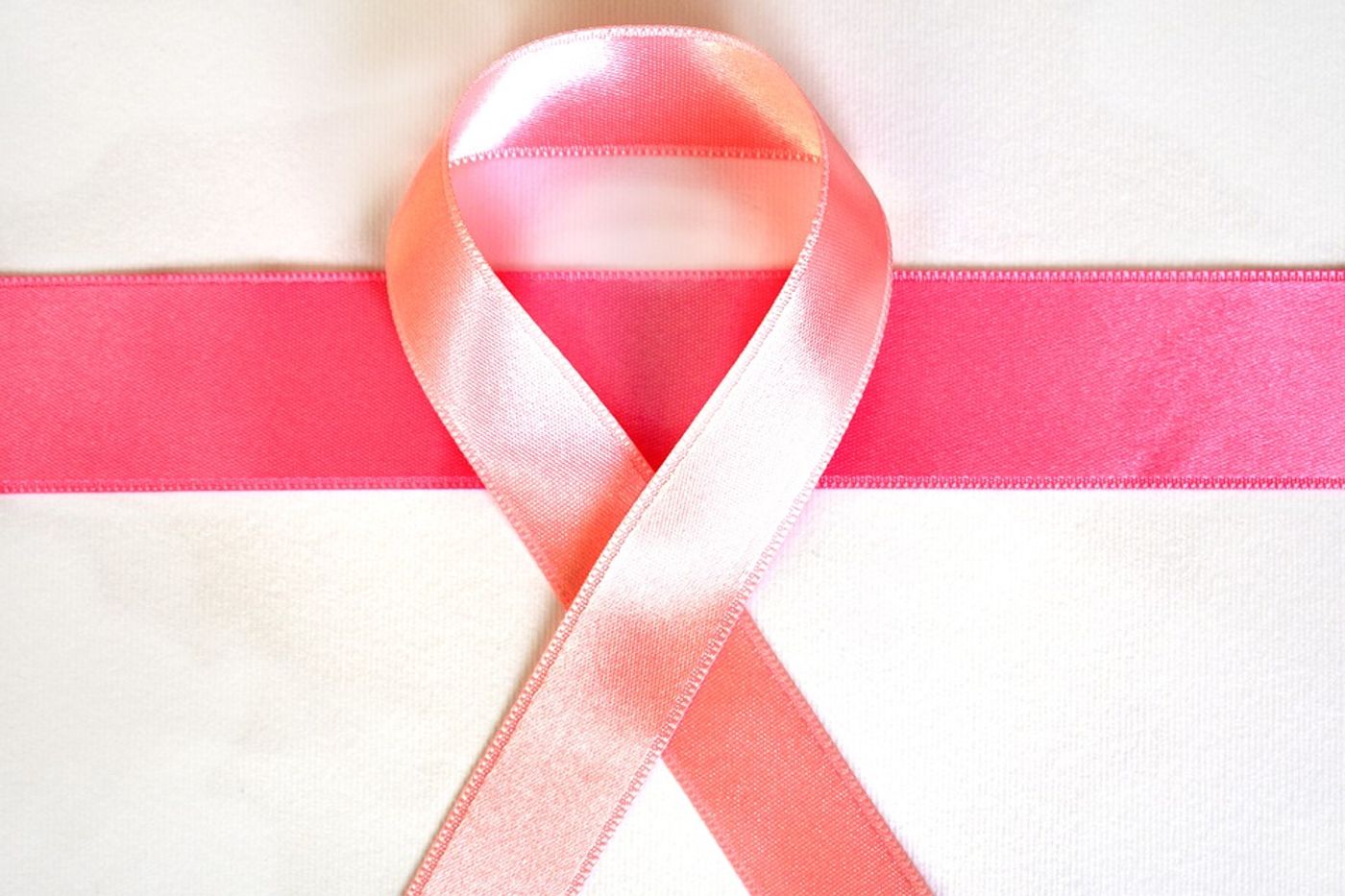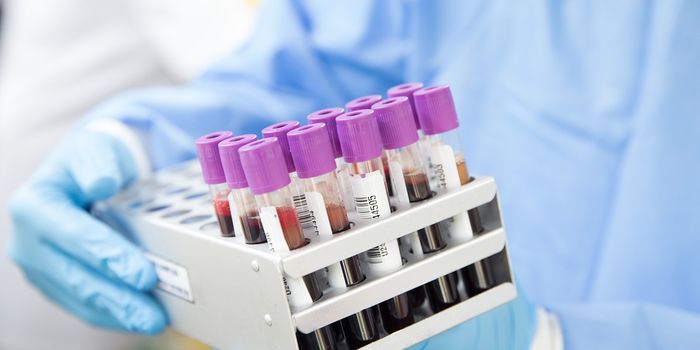When the numbers don't match: inaccuracy in late state breast cancer survival estimates
According to the World Health Organization, about 2.1 million women are diagnosed with breast cancer annually. It is the cancer that most affects women and to some, especially those patients who receive a late-stage diagnosis of metastatic breast cancer, understanding their chances of survival is key to planning for the future. However, new research suggests that late-stage survival rate estimates are often inaccurate – begging the question, “Are we preparing women for a worst-case scenario that’s likely to not even happen?”
The research was presented by Dr. Belinda Kiely at the fifth International Consensus Conference for Advanced Breast Cancer in Lisbon, Portugal. Dr. Kiely is a cancer specialist at the University of Sydney in Australia studying the relevance and helpfulness of cancer survival estimates for people with late-stage breast cancer. In presenting her work, she explained:
"Every week in my clinic, I meet women of all ages with advanced breast cancer, and they frequently ask: 'How long have I got?' They have very practical concerns and questions that they want help with; for example, they might want to know whether they should cancel a planned holiday, whether they will be able to attend their daughter's wedding, or whether they should stop working or sell their house."
Dr. Kiely is intent on developing a more helpful way of delivering survival rate estimates to patients; she aims to move from the standard technique of presenting patients with a single number estimate (which are only accurate 20-30% of the time, according to her research) to a three-scenario method. In this three-scenario method, doctors have to do some math. After estimating the expected survival time for a patient, physicians can determine a worst-case estimate (by dividing the original number by four) and a best-case estimate (by multiplying by three). Physicians will then present all of these numbers to their patients, noting that typical survival time usually falls between half of the initial estimated survival time and double it.
"[Cancer specialists] may worry about how much a patient wants to know, whether it's possible to give accurate information, and how best to talk about this without destroying hope," elaborates Dr. Kiely. “Providing patients with a single number estimate of the average survival time is rarely accurate and conveys no hope of a possible longer survival time. Instead, we have devised a method that helps doctors calculate the best case, worst case, and typical survival times for individual patients.”
Dr. Kiely and her team came to these conclusions after working with 33 cancer specialists who advised 146 cancer patients about their estimated survival time. Of the 146 patients involved, 77% reported that they found the three-scenario method either equal to or more optimistic and reassuring than they had expected. In other words, this technique allowed them to stay realistic while also maintaining hope.
Sources: Medical News Today









